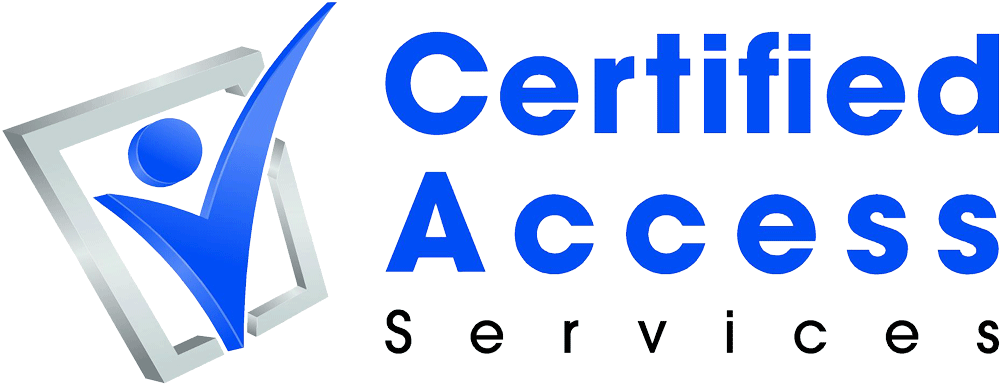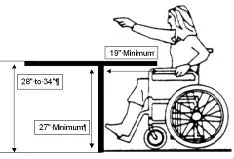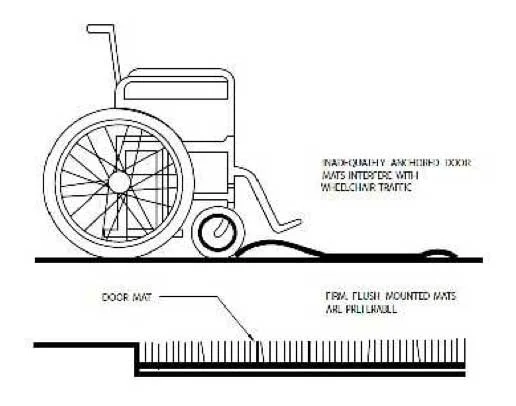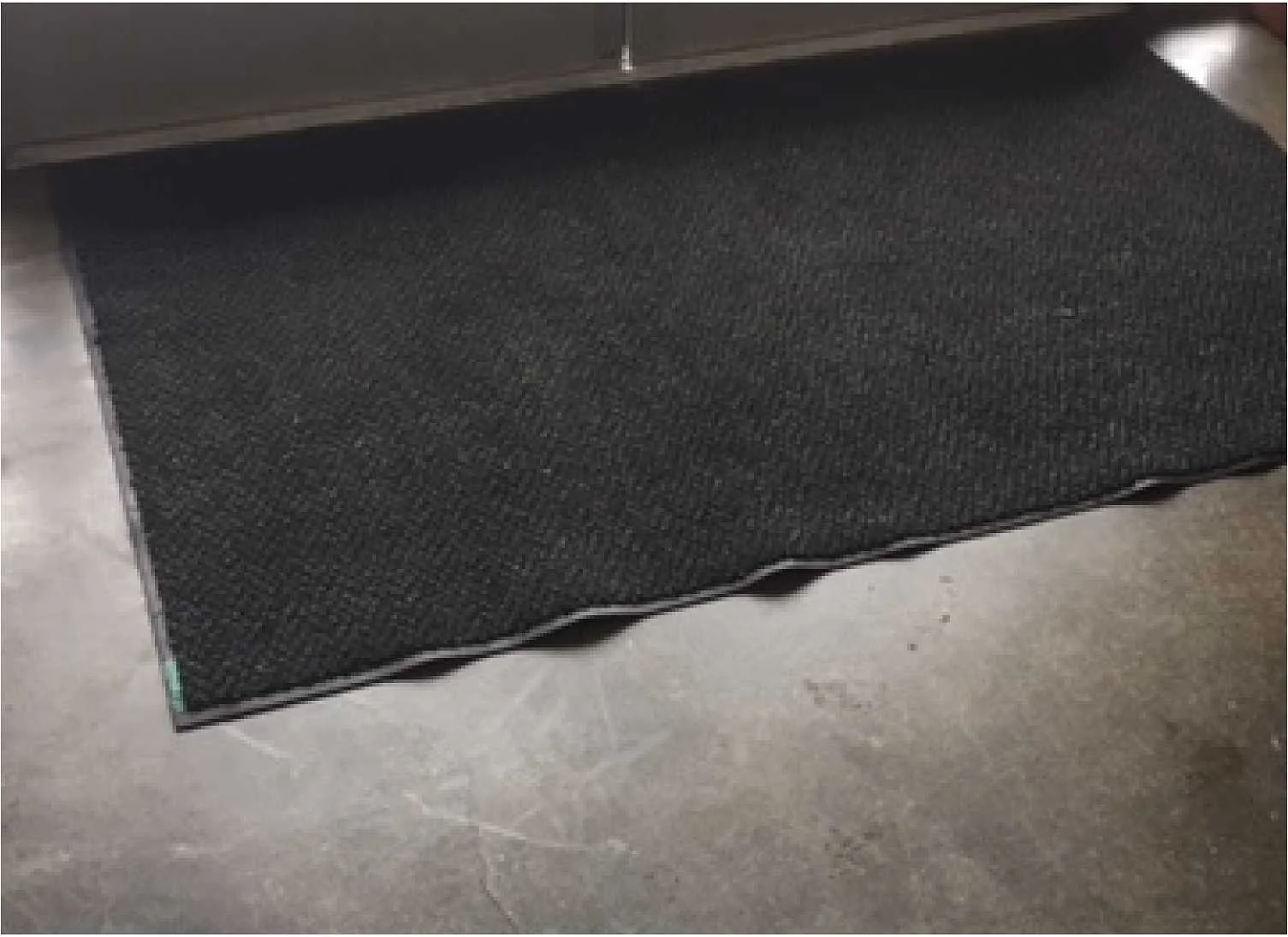If you own or operate a restaurant and want to avoid a lawsuit, making your seating accessible needs to be a top priority. We have seen the same boiler plate lawsuit filed against restaurants throughout Southern California and tables / bar seating are almost always cited. Dining serves as the primary function of a restaurant and non-accessible tables are easily identified without the use of a tape measure. Restaurants without accessible seating are easy targets for serial litigants.
So what makes a table compliant anyway?
Contrary to popular belief, posting an international symbol of accessibility is not what makes the table accessible. Accessible tables must be installed at the proper height and provide knee clearance. Accessible tables often have either four legs or two legs with 30" clearance between. Tables with a single leg mounted in the center of the table are almost always non-accessible because they obstruct knee and toe clearances. Below are some of the height and width requirements for accessible tables.
The table top height cannot be lower that 28" and higher than 34"
The knee clearance must be 27" high minimum
The knee clearance width must be 30" minimum
The knee clearance depth must be 19" minimum







